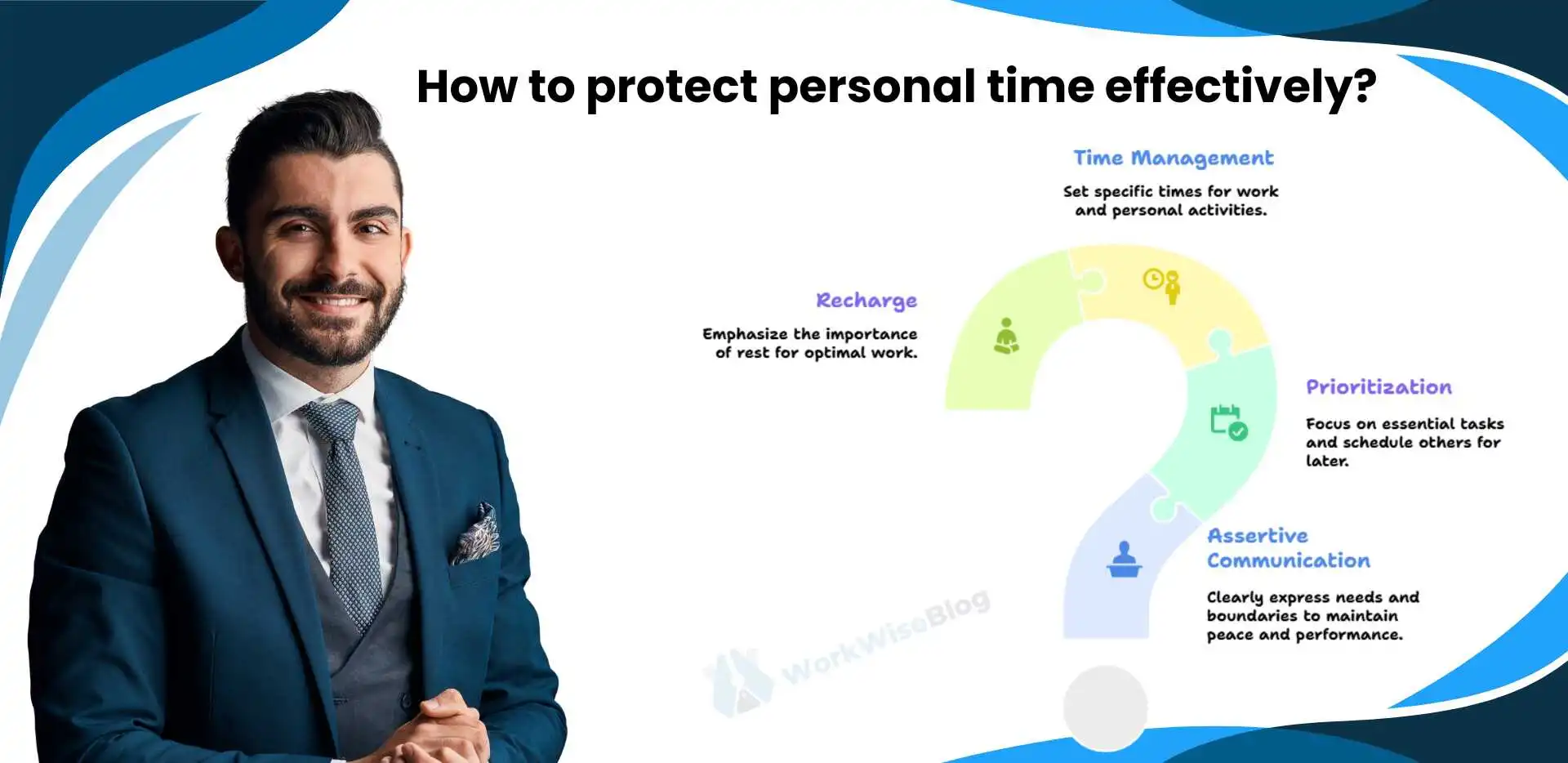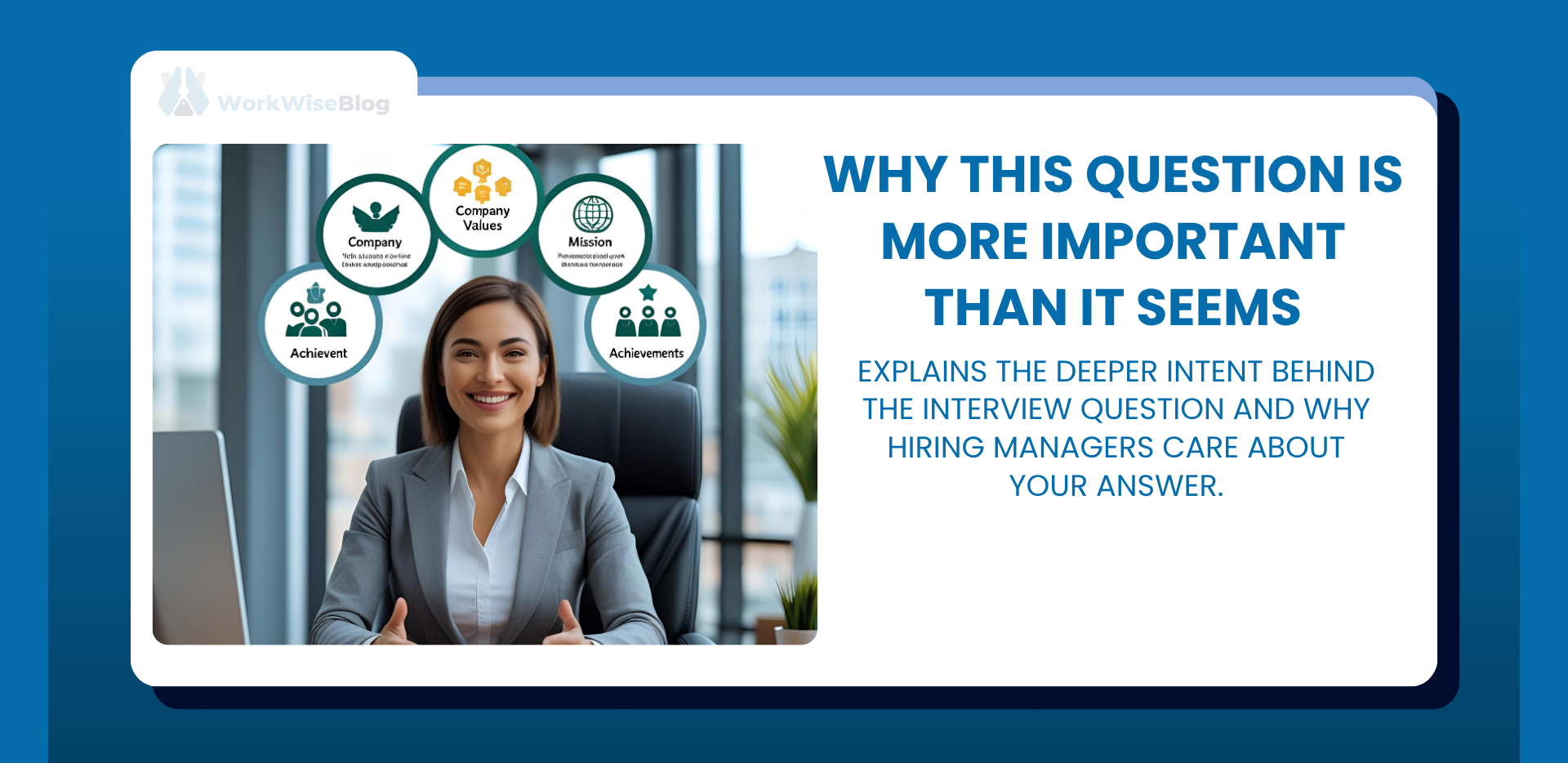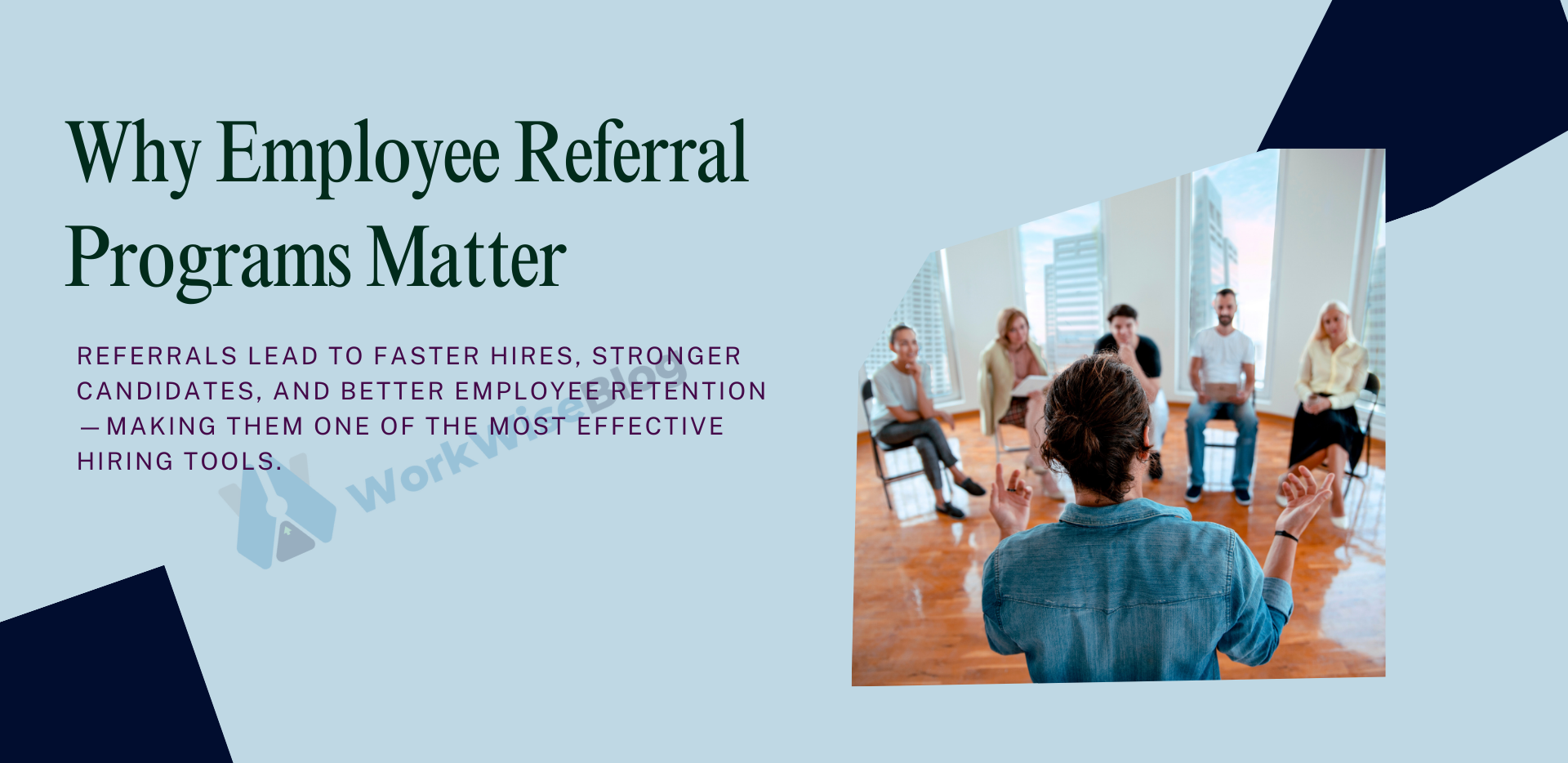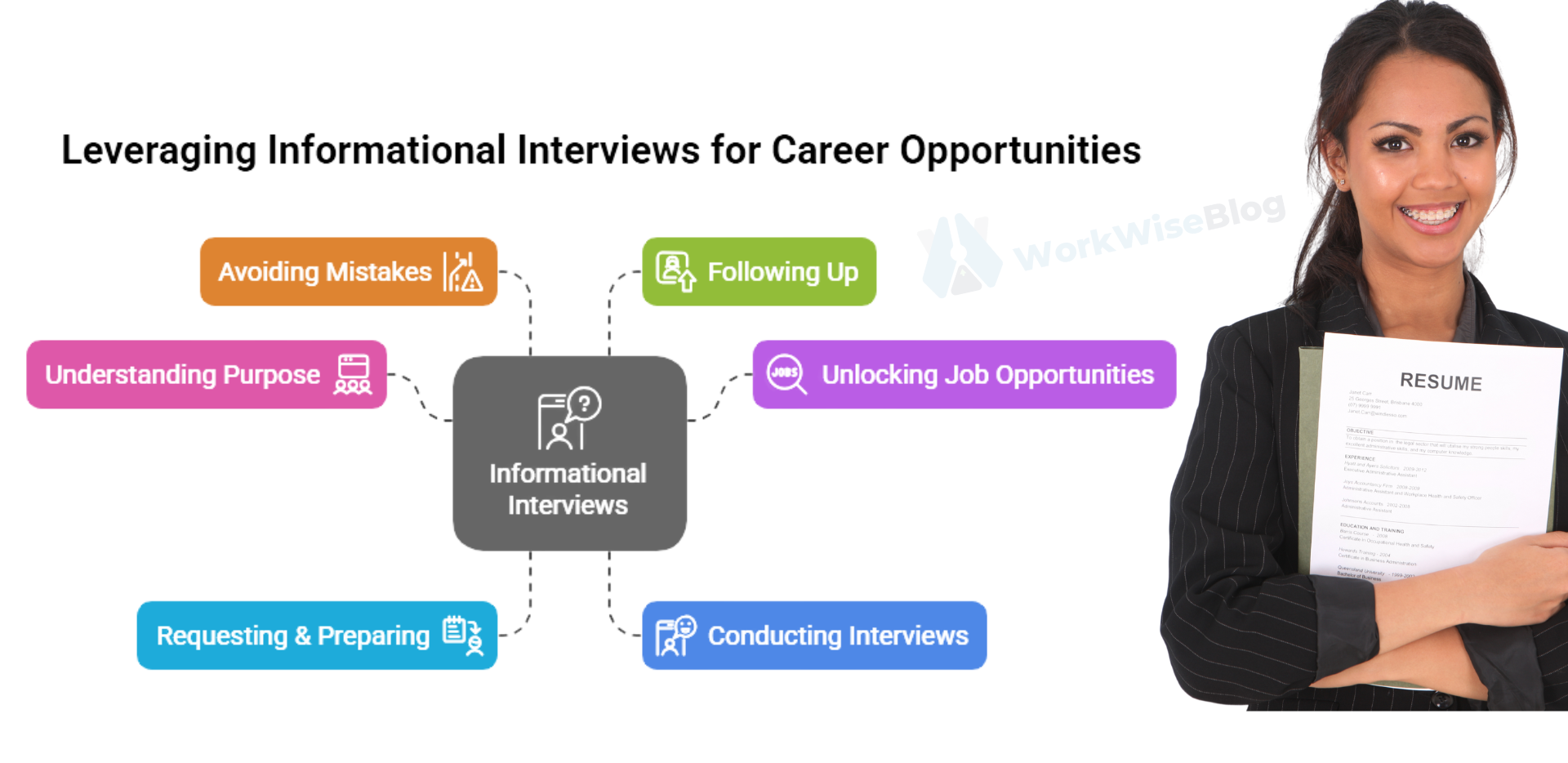In this blog, we’ll explore:
- What employee well-being really means
- How it impacts engagement levels
- Signs your team might be struggling
- Strategies for boosting both well-being and engagement
- Why investing in your people pays off long-term
Let’s take a closer look at why supporting your team’s well-being isn’t just the right thing to do—it’s smart business.
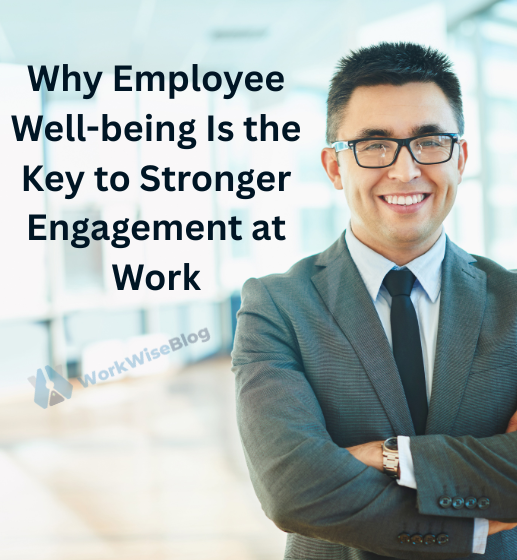
1. What Is Employee Well-being?
Employee well-being is about more than just health insurance or gym discounts. It covers the overall quality of life and work experience a person has, including:
- Mental and emotional health
- Physical wellness
- Work-life balance
- Financial stability

Sense of purpose and connection
It’s not about perfection—it’s about giving people the tools, support, and flexibility to feel stable, fulfilled, and capable in and outside of work.
When employees feel cared for as people—not just as workers—they’re more likely to bring their best selves to the job.
2. Why Well-being and Engagement Go Hand in Hand
Employee engagement refers to how emotionally invested people are in their work. Engaged employees are enthusiastic, committed, and take ownership of their roles.
Now here’s the connection:
- When employees are mentally well, they focus better.
- When they’re physically healthy, they show up more consistently.
- When they feel supported, they’re more motivated to contribute.
In short, well-being is the foundation of engagement.
A study by Gallup found that employees who strongly agree their employer cares about their well-being are 69% less likely to actively search for a new job and 71% less likely to experience burnout.
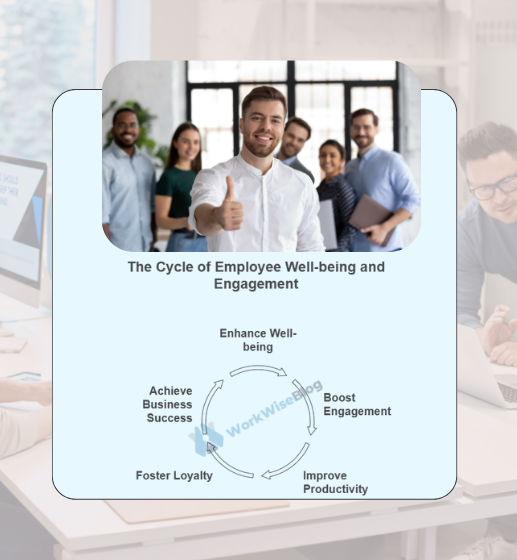
3. Signs That Well-being Might Be Affecting Engagement
Worried your team might be feeling disconnected? Here are a few signs to watch for:
1. Decreased Productivity
Tasks take longer, mistakes increase, or deadlines are missed more frequently.
2.Low Participation
Employees stop speaking up in meetings or contributing ideas.

3. Increased Absenteeism
More sick days or sudden time off could point to stress or burnout.
4. Mood Shifts
Irritability, withdrawal, or lack of interest in once-enjoyed work.
5. High Turnover or Quiet Quitting
Talented employees leave—or worse, stay but disengage silently.
These aren’t just HR issues. They’re red flags that something deeper needs attention.
4. How to Support Well-being and Boost Engagement
You don’t need a huge budget to make a difference. Small, consistent actions often go further than one-off perks.
Encourage Open Communication
Make it safe for people to share how they’re doing. Check in regularly—not just about tasks, but about how they’re feeling. Listen actively, and don’t dismiss concerns.
Promote Work-Life Balance
Respect work hours. Encourage breaks. Don’t glorify being “always on.” Flexible schedules and clear boundaries show you value people’s time and mental space.
Offer Mental Health Resources
Provide access to therapy support, stress management tools, or mental health days. Normalize conversations around mental health in team settings.
Recognize and Appreciate
A simple “thank you” or shout-out can do wonders. Publicly recognizing effort helps people feel seen and boosts morale.
Develop People, Not Just Projects
Offer training, mentorship, and growth paths. People feel engaged when they know they’re growing—not just grinding.
Create Space for Connection
Remote or in-office, create ways for team members to connect socially. A strong sense of belonging increases loyalty and motivation.
5. Leadership’s Role in the Well-being-Engagement Equation
Leaders set the tone. When managers prioritize well-being, teams follow suit.
Great leaders:
- Lead with empathy
- Support realistic workloads
- Model balance and boundary-setting
- Encourage open, respectful feedback
- Show they care—genuinely
When employees see their leaders taking care of themselves and checking in on others, it makes well-being a norm, not an exception.
6. Real-World Results: Companies Doing It Right
Many organizations have seen powerful results by focusing on both well-being and engagement:
Adobe
By investing in mental health days, leadership training, and well-being apps, Adobe has maintained high engagement scores and strong retention.
Salesforce
Their “Well-being Reimbursement” program supports physical and mental wellness. They’ve also created internal learning paths focused on stress management and resilience.
Small Businesses
Even startups with fewer resources use simple tools like Slack check-ins, mental health hours, and peer appreciation boards to build strong, healthy cultures.
No matter the size of your company, it’s the intentional actions that count.
Final Thoughts: Take Care of Your People, and They’ll Take Care of the Work
Employee engagement doesn’t come from pressure. It comes from people feeling healthy, respected, and supported.
When you invest in well-being, you’re building a team that’s not just productive—but resilient, loyal, and ready to grow with you.


